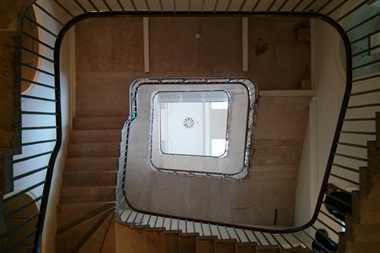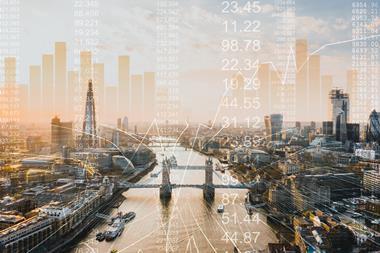I visited the Amazon Go store in San Francisco with my husband a few months ago. It was not an experience I want to repeat.

It took ages to download the app; the shop was small, gimmicky and stocked with a very limited range of not terribly appealing ‘food to go’ items (and naff ‘exclusive’ merch such as branded mugs); and the shopping experience itself was as sterile as a shopping experience in the physical world can be.
I might as well have been shopping online – and in hindsight, I would rather have been. We had to cut our visit short because the strip lighting was messing with my head. As we walked down the street afterwards, I could see floaters, my peripheral vision was shot and I had a weird pulsing headache. I thought I was going to have an epileptic fit. I don’t have epilepsy.
It wasn’t exactly up there as a shopping experience – and it got me thinking: was it ever supposed to be? There are two schools of thought on why Amazon Go is a less-than-scintillating proposition, as we report this week. One is that the former pure-play online retailer genuinely wants to increase its physical store network because its online growth is plateauing, but is still learning the art of bricks-and-mortar retail and experimenting to see what works and what doesn’t.
The other is that Amazon Go and the equally unremarkable Amazon Books are little more than cynical data plays. Having experienced Amazon Go first hand, I certainly felt played.
Much as I love Amazon Prime, I am not comfortable with the idea that, having already worked out who I am, what I buy and what I might want to buy in the online world (and coerced me into routinely ‘Buying now in 1-Click’), the all-seeing Amazon is now seemingly hell-bent on discovering how I prefer to pay, what I prefer to buy and where I prefer to buy in the physical world, too. Get out of my head! Or I’ll take to wearing a tin-foil hat (if I could, I’d also ditch the smartphone after reports that even when switched off the bloody thing is listening in to conversations, but then I wouldn’t be able to actually shop at Amazon Go).
Sinister conspiracy theories aside, my guess is that it isn’t an either/or scenario and Amazon is trying to do both: boost its physical store presence and gather data on consumers. It is probably using the insights gleaned partly to work out exactly what sort of physical presence it should have. In the case of Amazon Go, it could well be using it to help shape its online grocery offer (I’d be very surprised if it was seriously thinking of taking on the big grocery chains in the physical arena).
These aren’t the only factors driving Amazon’s move into bricks and mortar. To date, its brand has only existed in a meaningful way online. If it is really making a play for world domination, it needs a physical presence – and a physical brand presence to go with. The Clicks and Mortar pop-ups may well be little more than “PR fluff”, as retail analyst Nick Bubb notes, but at least Clicks and Mortar is a physical brand. Ditto Amazon Go and Amazon Books.
If only it didn’t feel quite so horribly clinical. Amazon just doesn’t work for me, in the physical world anyway – Amazon Prime rules my world online.






























No comments yet